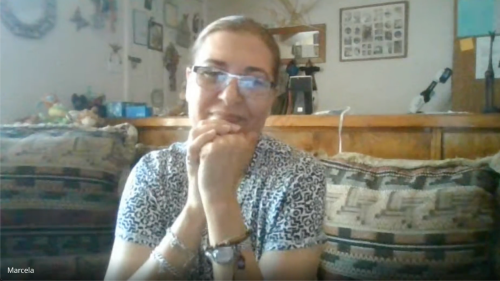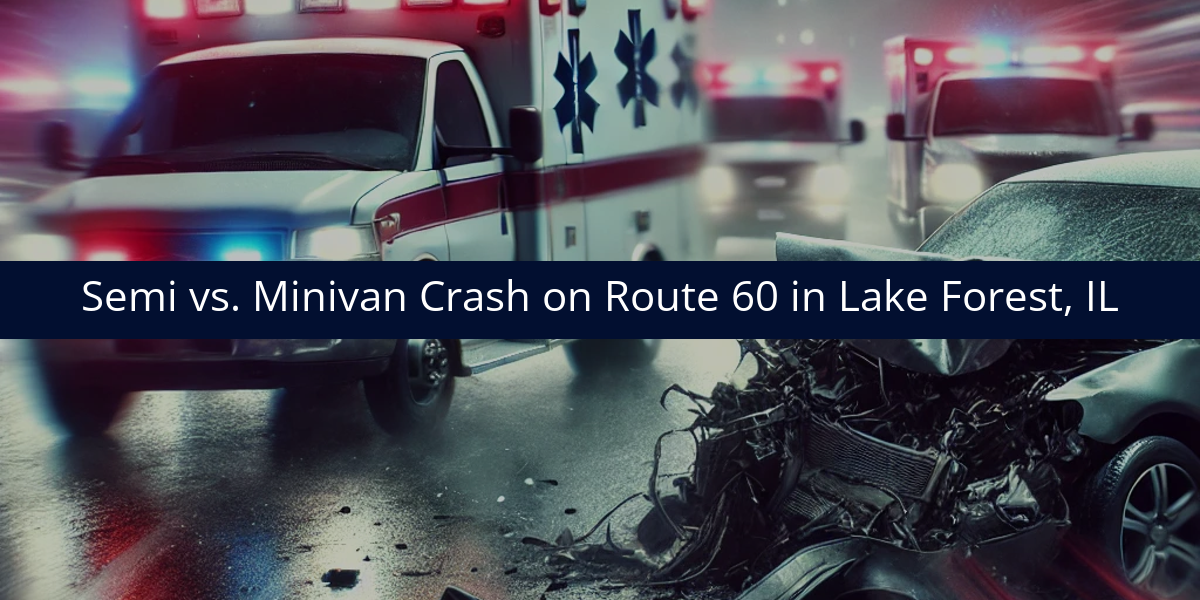Officials in Minnesota reported that a 20-year-old woman was killed Friday morning in a collision involving a semi-truck on Highway 14 in Blue Earth County. According to local authorities, the crash occurred around 10:03 a.m. when a 2003 Lexus Sedan and an eastbound semi-truck allegedly collided while traveling in the same direction. The driver of the Lexus, identified as Valerie Kathleen Caven of Farmington, died at the scene. The semi-truck driver was not injured. The crash remains under investigation.
When a passenger vehicle and a semi-truck traveling in the same direction collide, investigators must determine how the vehicles came into contact, whether through a lane change, merging movement, or following-distance issue. Even small deviations in spacing or lane alignment can result in serious crashes when large commercial vehicles are involved.
What Investigators Will Work to Determine
Investigators will begin by examining where within the roadway the impact occurred. They will review Engine Control Module (ECM) data from the semi-truck to determine its speed, throttle input, and braking activity leading up to the collision. This data helps clarify whether the semi-truck attempted to brake or swerve before impact.
Authorities will also assess whether either vehicle changed lanes immediately before the crash. If the semi-truck initiated a lane change, investigators will look at whether the driver checked mirrors, blind spots, and surrounding traffic before moving over. If the Lexus attempted to pass, investigators will determine whether the car was visible to the truck driver and whether the truck maintained its lane.
Examining Vehicle Condition and Driver Factors
Mechanical inspection of the semi-truck will confirm whether its braking and steering systems were fully operational. Investigators will also review maintenance and inspection logs to ensure the truck was roadworthy at the time of the crash.
The truck driver’s hours-of-service records, cell phone data, and dispatch logs will be reviewed to verify compliance with federal safety regulations and to determine whether fatigue or distraction may have been factors. A 10 a.m. crash may indicate that the driver had already been on the road for several hours, so verifying rest periods will be key to understanding reaction time and attentiveness.
What Types of Evidence Should Be Reviewed?
In addition to ECM data, investigators will analyze physical evidence from the scene, including skid marks, debris fields, and final vehicle positions, to reconstruct how the collision occurred. Damage patterns on both vehicles will help confirm the angle and direction of impact, while any available dash camera or traffic footage could show whether either vehicle drifted or changed lanes prior to the collision.
Why Determining Vehicle Movement Is Essential
When a fatal crash occurs between a semi-truck and a smaller passenger vehicle traveling in the same direction, understanding how and why the vehicles came together is vital. Investigators must establish whether the truck maintained its lane, reacted appropriately, and operated within safety standards. A complete investigation will help provide clear answers and accountability following this incident.











